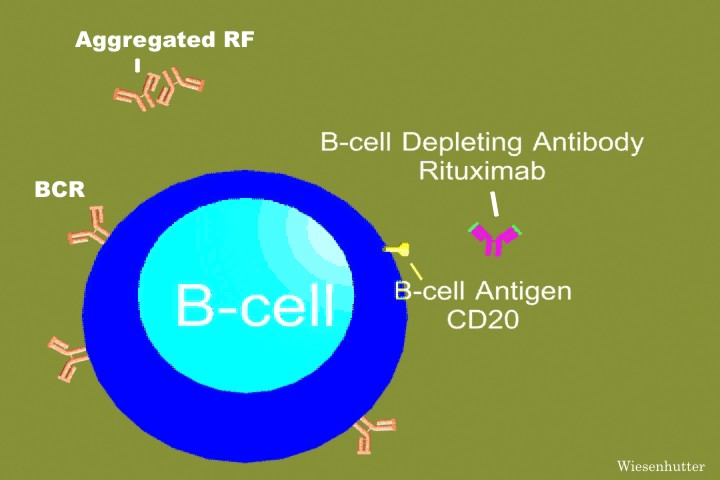By: Nina Jean-Jacques

Expecting parents are usually overwhelmed with concerns about the health of their unborn child. When the baby is born with ten fingers and toes and all is well, the parents breathe a sigh of relief and start to think about the future. However, sometimes there can be a major bump in the road that can be seen a few months after the birth of their child.
The blood disorder, T-cell lymphopenia, is characterized by have an abnormally low amount of white blood cells. T-cells are a type of white blood cell and are what the body uses to fight infection. The disease can appear in infants that seem healthy at birth after a short period of time. Symptoms of the disease do not appear until infections arise, putting the child in danger.
There is hope for parents. A study, led by John M. Routes, M.D., of the Medical College of Wisconsin and Children’s Research Institute in Milwakee, WI, shows that T-cell lymphopenia can be screened for at birth. There is a list of standard diseases that newborns are screened for. The yearlong study screened every infant born in Wisconsin in 2008 and took dried blood from the standard screening blood sample to test for the presence of a high amount of DNA circles that produce cells that a T cell can bind. In the time the study was conducted, 71,000 infants were screened for T-cell lymphopenia, eight of which displayed characteristics of the illness. The use of screening programs can prevent many health expenses for families and even prevent premature deaths. The cost for this type of screen is around $5.50 and could take a large burden off of a family, just by knowing the health status of their child. Most states already screen for at least 30 diseases for newborn infants and adding T-cell lymphopenia would not be a large problem.
Newborn screening is an essential part of preventing early deaths. Every parent should be aware of what is and what is not being screened for. Diseases can occur without having any history of them in the family. It’s always better to be safe than sorry, especially when it comes to children’s health.
Fore more information on newborn screening tests.
(source)



